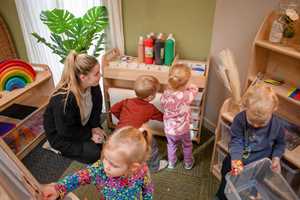
Lesson Ideas and Activities
Bird Watching Activities to Connect Children to Nature for the RSPB's Big Garden Birdwatch
The RSPB (Royal Society for the Protection of Birds) Big Garden Birdwatch runs between the 26th – 28th January 2024.
During the selected dates children can observe for 1 hour and record the number of birds that land in a designated patch of school grounds. Results are then submitted online and help to establish how garden birds are faring across the country.
.jpg)
This event is a fantastic opportunity for pupils to explore nature in your setting as young children can easily spot and observe different types of birds. Pupils may be lucky enough to spot a: starling, robin, goldfinch, chaffinch, house sparrow, blue tit, blackbird or redwing to name a few species.
Create an Observation Point
A Pentagon Lookout Cabin with its elevated position, bubble windows, hatch and chalkboard wall is the perfect outdoor location for a spot of birdwatching.
Hill Dens and Playhouses also offer great spaces for group observation. Pupils will enjoy experimenting with different fabrics when creating their own ‘hides’ using Den Making Posts as a base for their structure. How will children camouflage their hide? Perhaps natural materials could be woven into netting.
Armed with binoculars (decorated toilet roll tubes can be used), reference posters, cameras, pencils and clipboards pupils will be all set for sketching and recording bird observations.
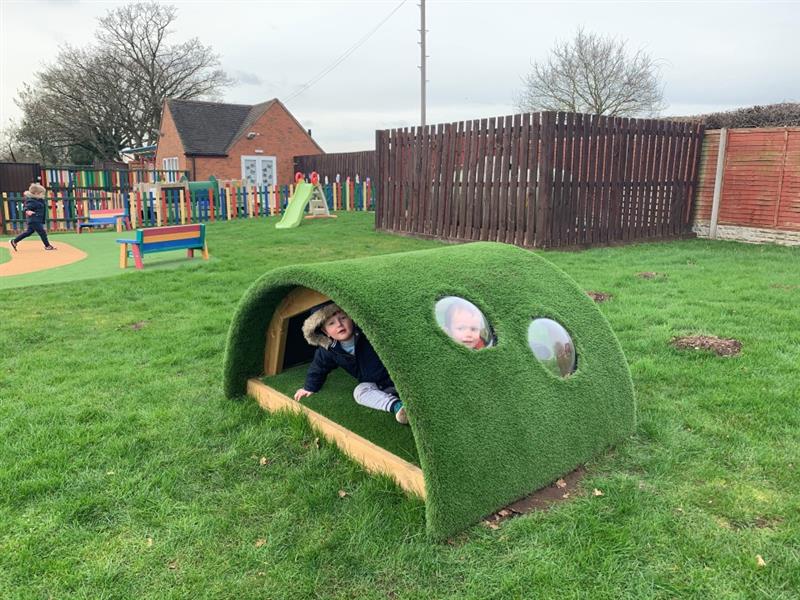
Learners can create a tally chart of the different birds they spot. Younger pupils can use blocks (1 block = 1 bird) to create a visual bar graph displaying their results.
Make a Feeding Station
Together as a class you can discuss how conditions during the winter season affect birds. Children may notice that it is easier to spot birds during winter as branches are bare and that birds are more likely to flock in order to keep warm and search for food. Birds need more energy during the winter season and food can be more difficult to find due to shorter daylight hours.
Pupils can suggest ways of ‘nurturing nature’ during the winter season and can make their own bird feeders to hang from trees to attract many different bird species.
Using recycled items children can make their own bird feeders. Possible ideas include:
- Using a recycled plastic bottle make a small hole on either side and slide a large wooden spoon through. Make a larger hole in the bottle on top of one of the smaller ones, big enough for seeds to fall through and for birds to eat when they perch on the head of the spoon.
- Spread peanut butter onto recycled toilet roll tubes and then cover the tubes with bird seed. Thread string through the ends of the tube and secure with a knot.
- Place four holes in the four corners of an egg carton tray and thread two pieces of string horizontally over the top. Fill each compartment with bird seed ready to hang.
Natural feeders can also be made by using fat (lard or suet) to stick seeds to a pine cone or the inside of a coconut shell.
Product Spotlight
Any leftover bird seed can be an interesting texture for children to explore in sensory play. A variety of scoops, containers, weighing scales and plastic chutes can encourage explorative play whilst developing fine and gross motor skills.
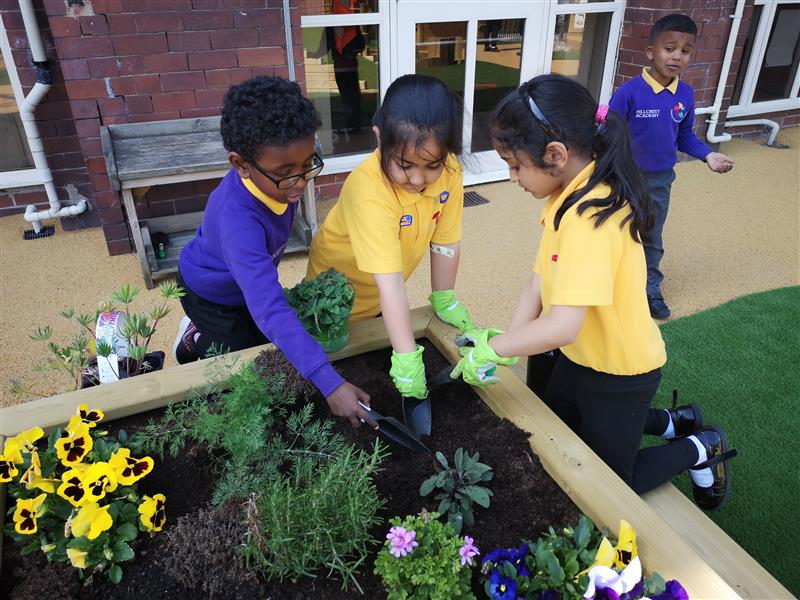
Drinking water is also vital for birds. Pupils could build a shallow rock pool or fill upturned plastic lids to provide garden birds with essential water. Water will need to be changed daily.
If a bird table is available in school birds may tend to like food with a mixture of peanuts and seeds. Bruised apples and pears are popular with thrushes and blackbirds. It is worth noting that areas where birds feed need to be cleaned regularly (weekly) to avoid food build -up which can cause birds to become ill.
Many birds will enter nestboxes during the autumn and winter, looking for a suitable place to roost or feed. Groups of children can build their own wooden nest boxes by either following instructions from a bought box or making their own with adult guidance.

Learners may like to personalise their box, perhaps using non-toxic water-based paints in school colours or by using patterns and colours to create a unique design. Once constructed children will need to find the right location for their box that is not too hot or wet, avoiding direct sunlight or a well-used path.
Curriculum Links
There are many wonderful picture books that can be used to introduce a topic based on birds such as: ‘One Little Bird’ by Sheryl Webster, or ‘The Go-Away Bird’ by Julia Donaldson.
Non-fiction texts such as: ‘The Big Book of Birds’ by Yuval Zommer and various bird spotter type books are useful for identifying and learning about different species. ‘The Little Book of Garden Bird Songs’ by Andrea Pinnington has accurate sound buttons for children to press to help them to identify different garden bird songs. Children could practise re-creating the sounds with their voices or different musical instruments.
Pupils can write their own instructional texts about how to make bird feeders and care for birds or they may write up their findings after observing which particular food birds seem to like best.
It may be useful to set up some tables of interest for children to explore during continuous provision. Resources could include garden bird spotter cards, bird toys/figures, feathers with a magnifying glass, matching names to bird pictures or labelling bird body parts, colour sorting different types of birds, or making different birds using various shapes.
After reading the book ‘A Bird’s Nest’ by Anna Milbourne children can talk about these amazing structures, their purpose and how they are constructed. Pupils can be challenged to create their own nest that will be strong and sturdy, yet soft to protect eggs and well camouflaged to deter predators. Various natural materials such as twigs, grass, moss, straw, stones, wool and leaves could be used by groups of children to build their nest models. They will need to have a bird species in mind and choose a suitable location in the school grounds to place their nest. Will their nest be sheltered and protected from changing weather conditions? Is the inside of the nest soft, ready for when eggs hatch?
For children in EYFS bird watching activities contribute to the ‘Understanding the World’ section of the statutory framework. Children will understand that it is important to care for small creatures, they will be able to talk about the natural environment around them and show an understanding of animal habitats.
There is always real excitement when children notice a robin landing or a blackbird tugging a worm out of the ground. Taking part in bird watching and feeding activities from a young age could be the start of a lifelong appreciation and love of nature.



.jpg)

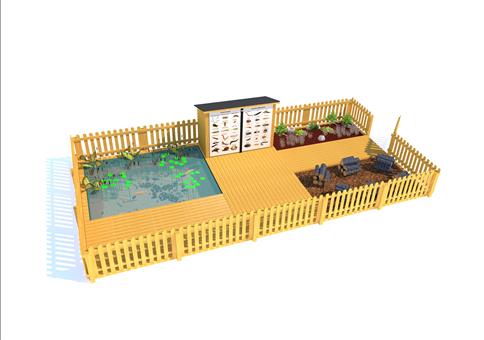
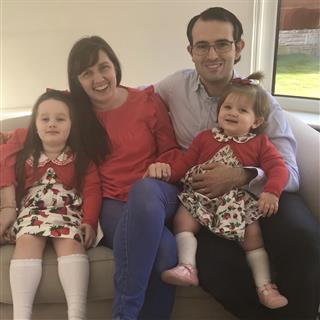
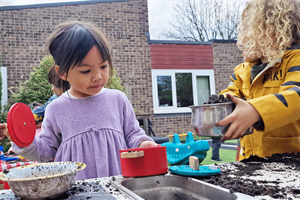
 (Custom).jpg)